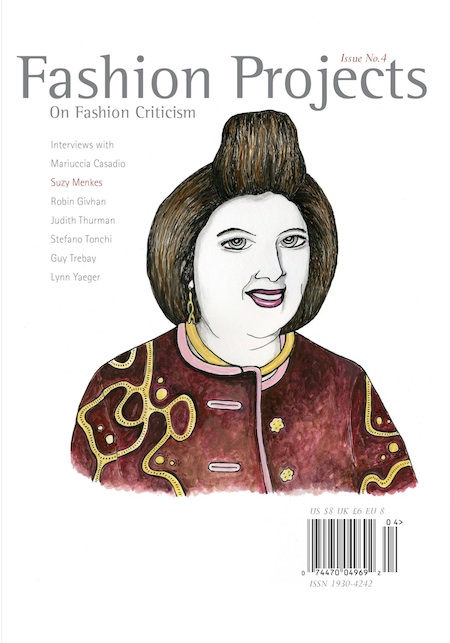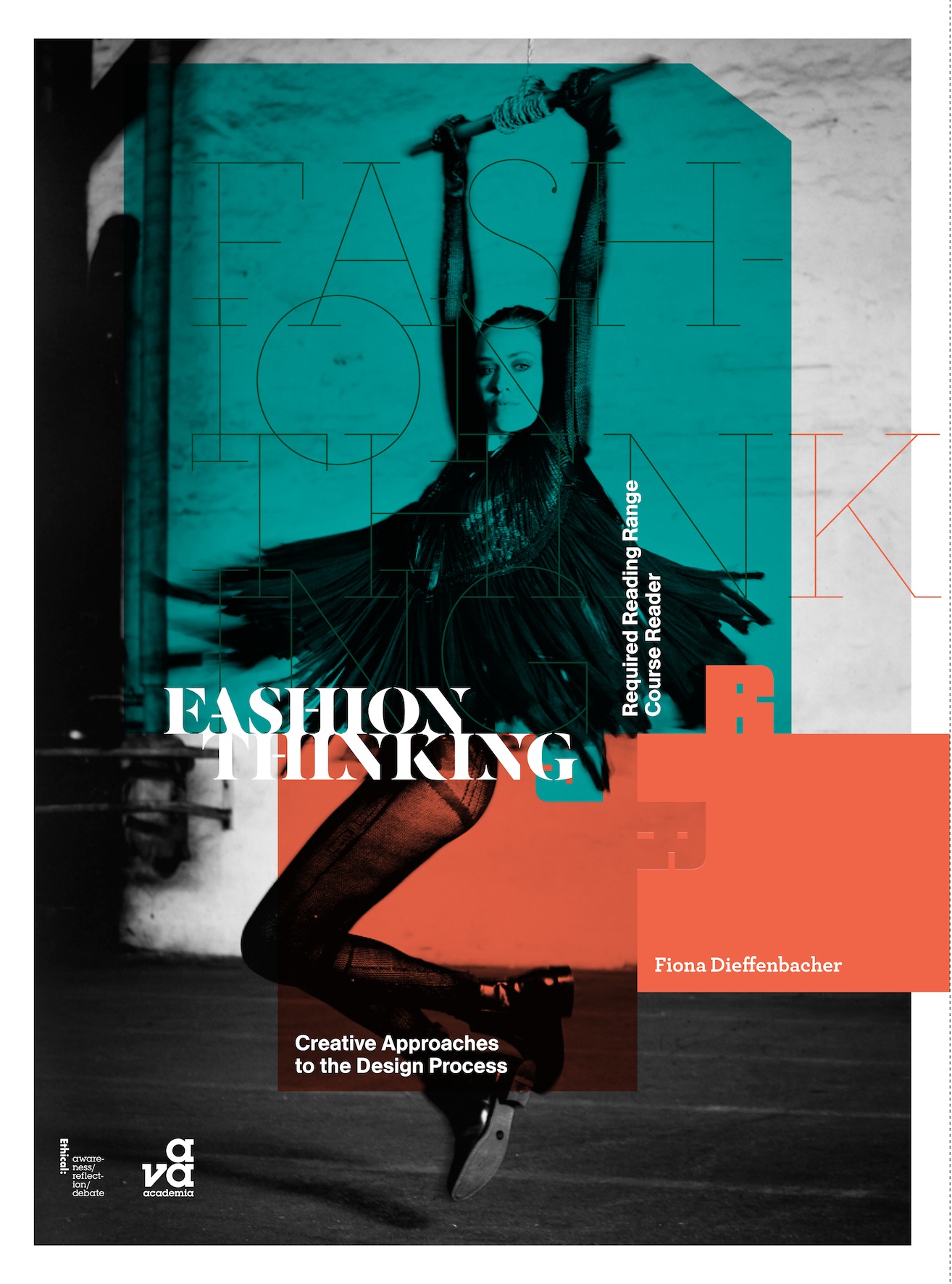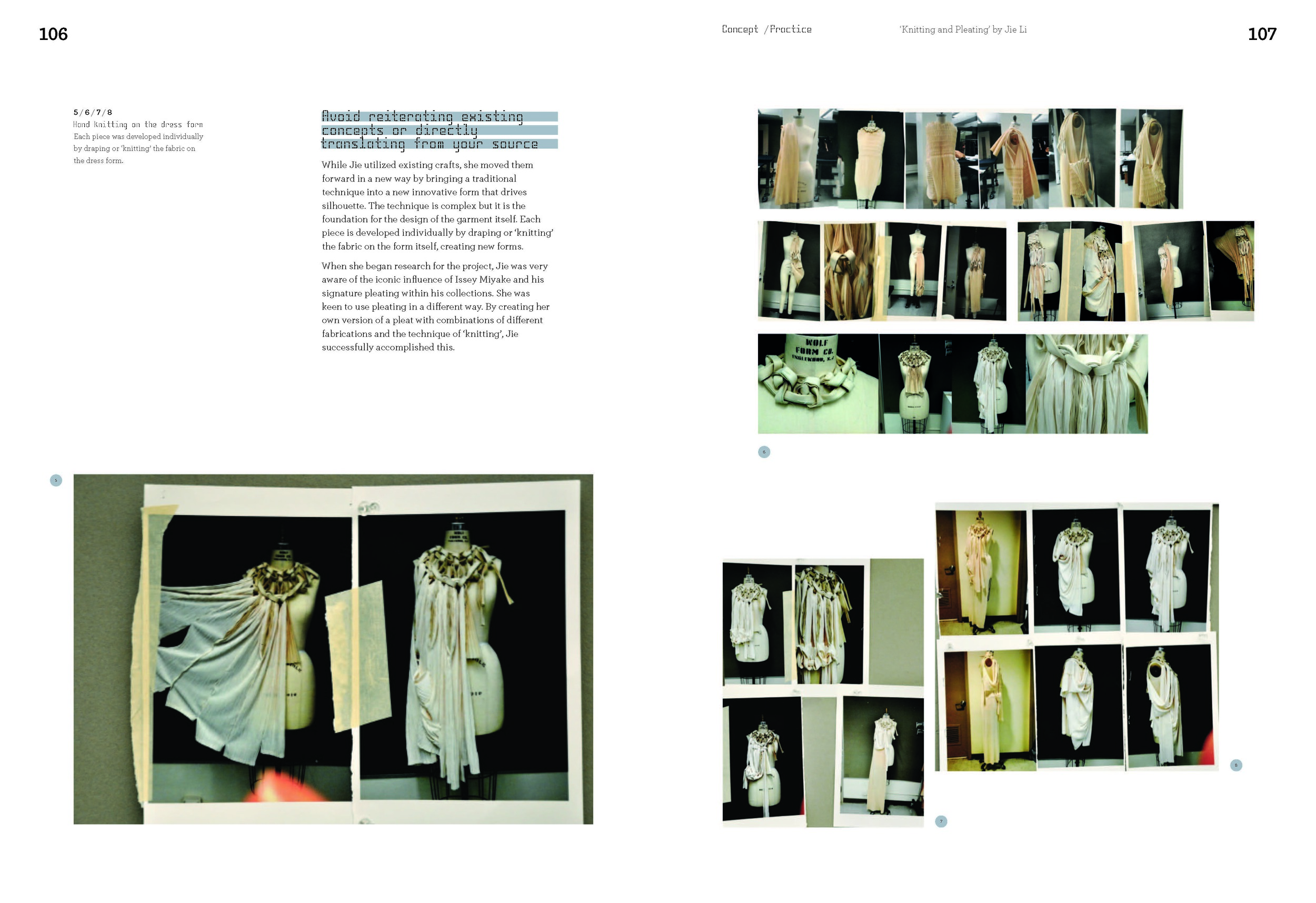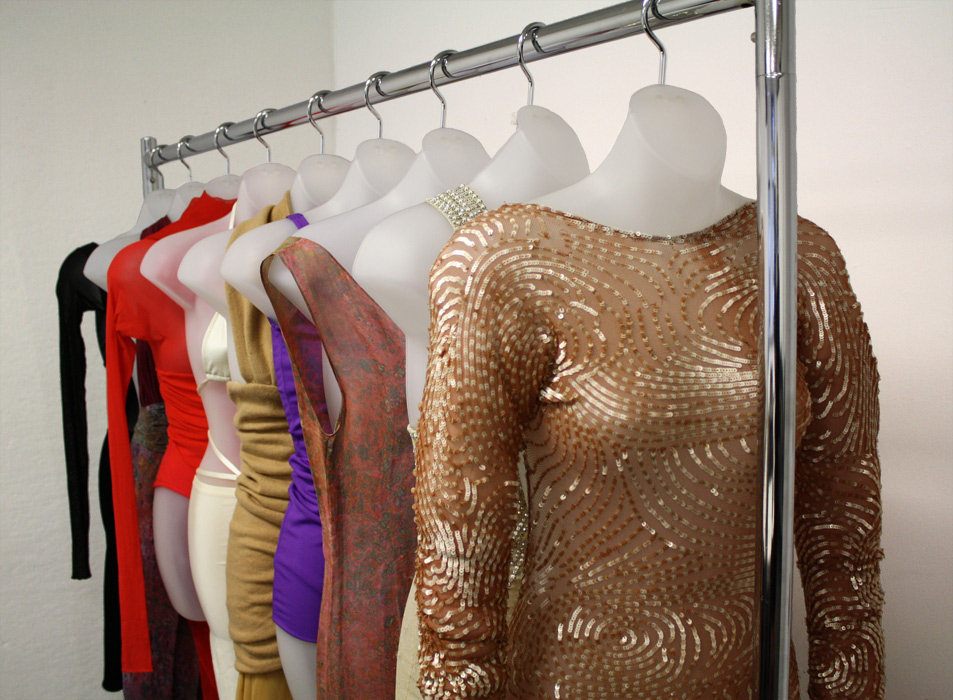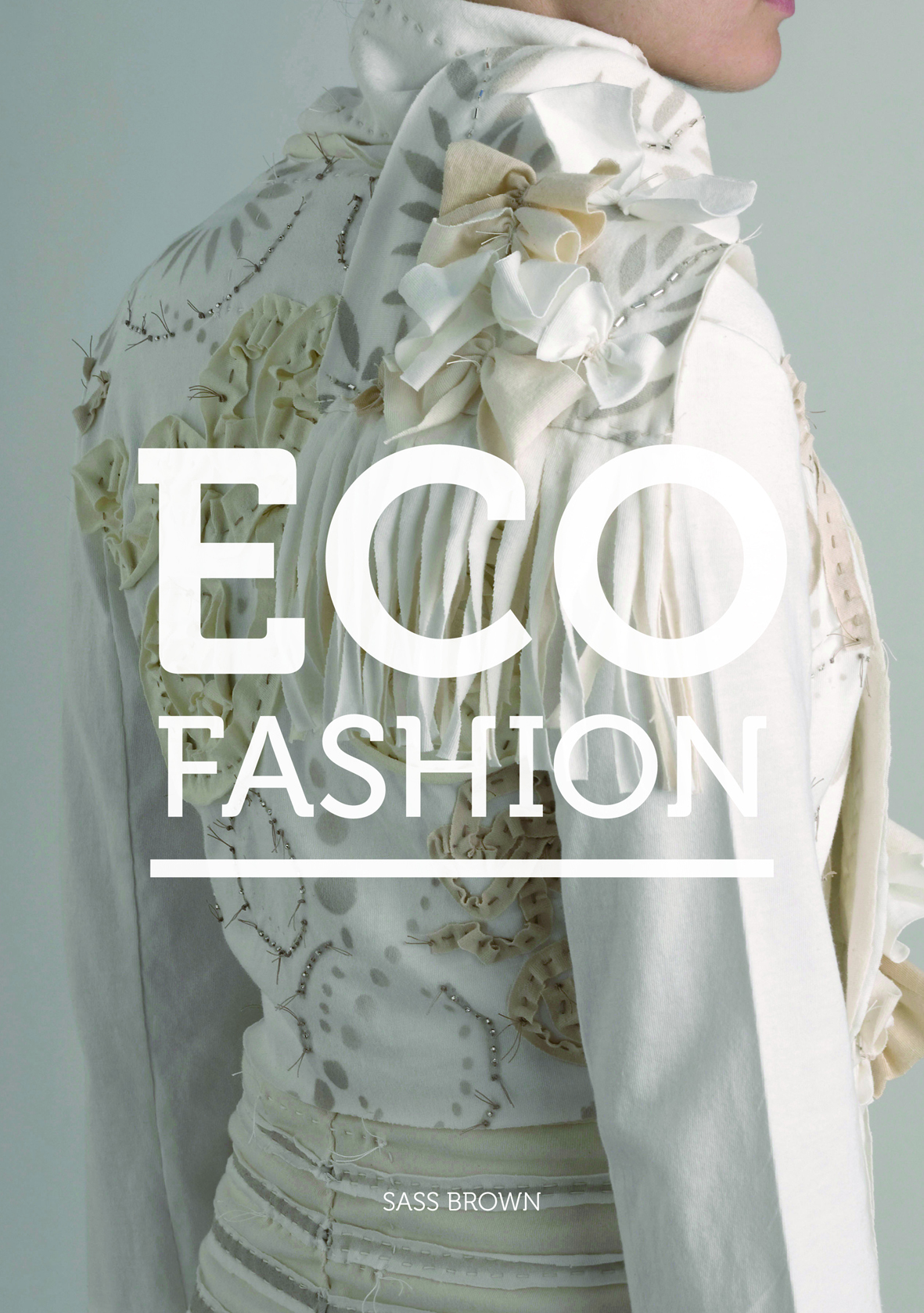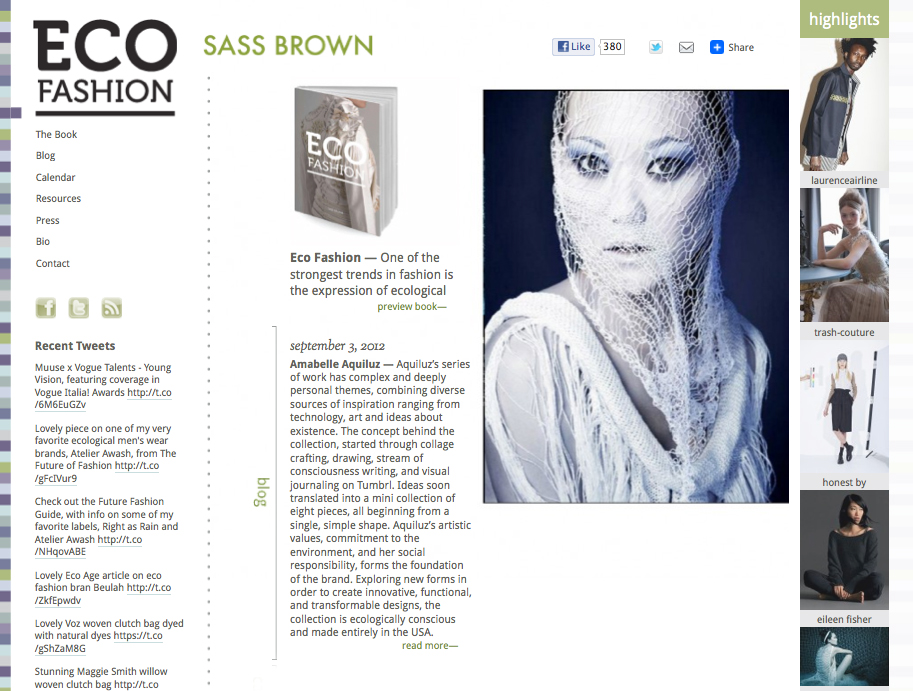Fashion Criticism Panel: A Report and Recording of the Event
/by Gisela Aguilar From left Francesca Granata, Robin Givhan, Guy Trebay and Stefano Tonchi. Photograph by Susana Aguirre.
For more reports on the panel, also see "Fashion critics defend their craft" by Kira Goldenberg in the Columbia Journalism Review, as well as "Fashion Criticism: No Respect!" in style.com
In celebration of the fourth issue of Fashion Projects, a panel discussing the current state of fashion criticism was held on March 12, 2013 at The New School. The panel, moderated by Francesca Granata, Assistant Professor of Fashion Studies at Parsons the New School for Design and editor of Fashion Projects featured three distinguished fashion critics, Robin Givhan (the first fashion critic to receive a Pulitzer Prize), Guy Trebay (culture and style reporter for the New York Times), and Stefano Tonchi (the editor-in-chief of W magazine), all of whom were also interviewed for the concurrent issue of Fashion Projects.
The frank conversation took many directions by addressing a number of otherwise avoided topics within the fashion press, from the struggle for fashion writing to be considered a legitimate topic of discussion within established periodicals due to its prescribed association to the feminine realm, to the cultural valence of aesthetics in America versus Europe and how this difference manifests itself in each culture’s appreciation or understanding of fashion. Trebay reminisced on a pre-millennial era when the fashion scene belonged to a small, contained world and where the knowledge of this niche community was not widely dispersed as it is today. Stemming from observations he made in his Fashion Projects interview with Jay Ruttenberg, Trebay remarked that the cultural force of fashion catapulted quickly after 2000 through strategic moves by the few multinational corporations that monopolized the fashion industry. Fashion stars were churned out, runway shows become these theatrical spectacles, and with the aid of digital media, the fashion scene became a globalized attraction. Givhan added that the alliance between Hollywood and the fashion industry has intensified the public’s interest in all things concerning fashion, yet she lamented that this now symbiotic partnership has damaged the credibility of the industry. As such, much of the fashion content published is dominated by celebrity and consumer driven stories that bank off the entertainment value of fashion while doing little to enlighten readers about its intricacies and creative nature.
The discussion brought to the fore a highly debated phenomenon amongst contemporary fashion journalists – the emergence of fashion bloggers. Indeed, the public access and participatory nature of digital media has opened the floodgates to an exorbitant amount of fashion interpretations, criticisms, and narratives, but it is precisely this lack of moderation that concerns the panelists. Between the three fashion critics there was an overall less than sanguine opinion of the fashion conversations found online. Givhan and Tonchi implied that the overt marketing objectives of certain popular fashion blogs compromised the ethics of journalism in that fashion houses and brands utilized these online personalities as PR tools, often times flying them out to Fashion Week or gifting them merchandise to promote on their personal blogs. In regards to the writing found in these digital spaces, Trebay and Tonchi not so subtly stated that the majority of the fashion conversations on blogs lacked a “compelling” factor and were subpar in that frequently the references to fashion history were inaccurate or the observations contributed no original perspectives to fashion discourse. Pointing to the main difference between print and digital media, Givhan observed that online there was no such thing as a correction – mistakes were rectified as “updates.” She went on to explain that because the barrier to entry is so low with digital media, Internet culture has cultivated a value to be placed on timely delivered and easily digestible content rather than well-researched information.
The panel ended on a more personal note with a question from the audience asking the critics to reflect on peers whom they admired. Givhan praised the author and New Yorker writer Malcolm Gladwell as well as The Wall Street Journal’s fashion critic Teri Agins. Tonchi paid tribute to his fellow Italians, the late fashion writer and style icon Anna Piaggi and the author and Vogue Italia art and fashion critic Mariuccia Casadio. For Trebay, the work of author and fashion historian Anne Hollander was paramount in cultivating his perspectives on the intimate relationship between the body and clothing. Ultimately, the panelists’ critiques and observations advocated for fashion to be integrated and accepted as a part of a more informed cultural dialogue. Perhaps, the takeaway from this critical discussion could be best summarized by Tonchi’s obvious yet critical advice for the future generation of aspiring fashion writers in the audience – know your history!
Gisela Aguilar is completing her MA in Fashion Studies at Parsons the New School for Design. Her thesis explores the evolving modes of consumption and production of fashion discourse specifically within print magazines and online fashion media.


